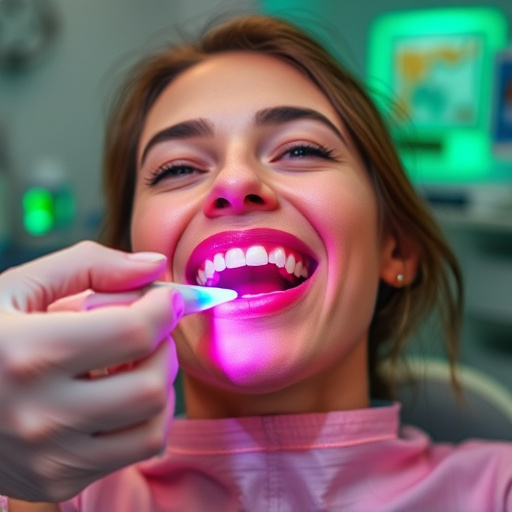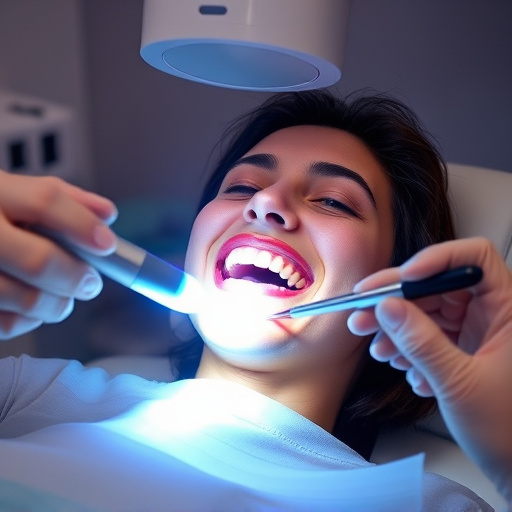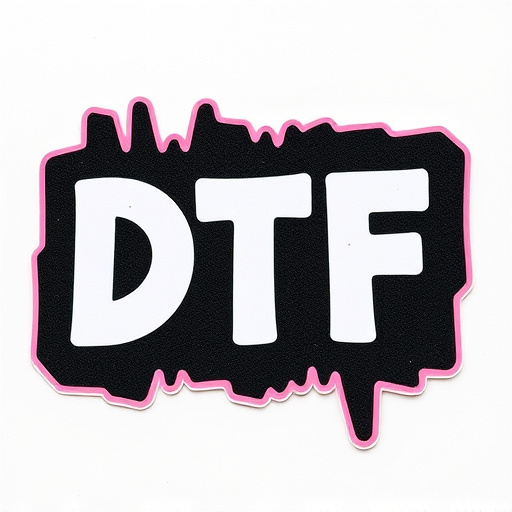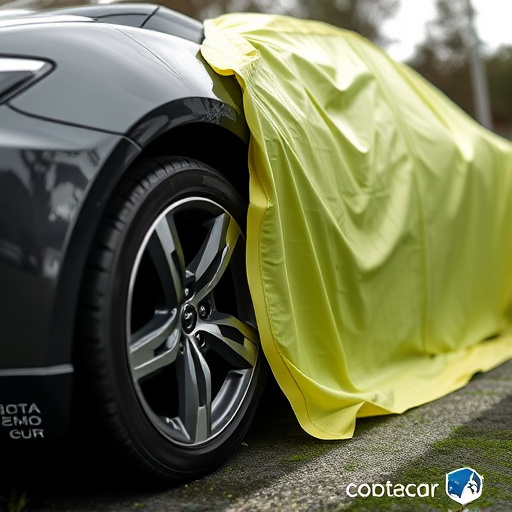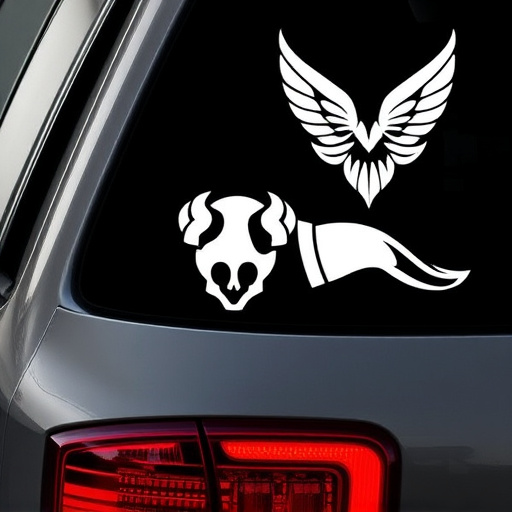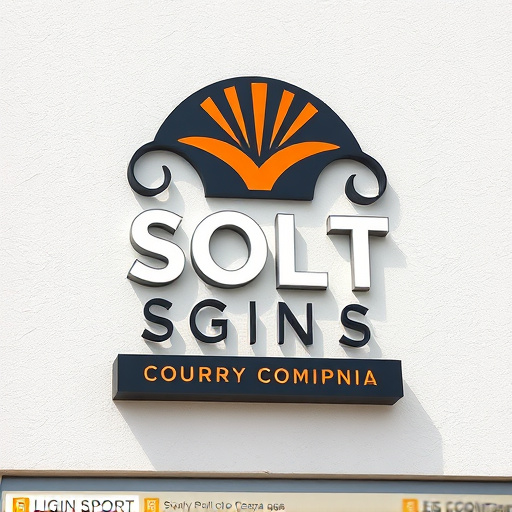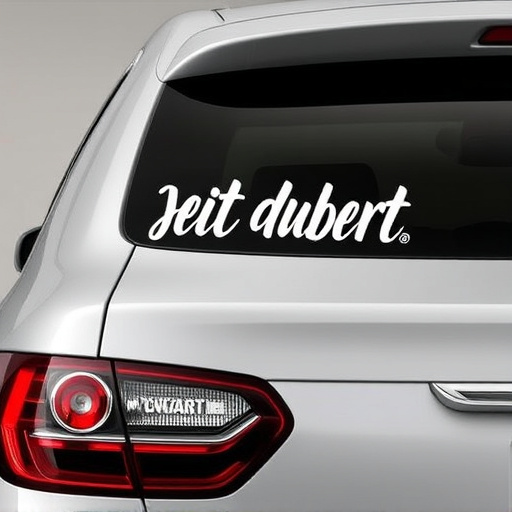UV protection tinting blocks 99% of harmful UV rays, preventing skin aging and eye strain, and reducing long-term health risks. It improves vehicle aesthetics, keeps interiors cool, and maintains car value for auto enthusiasts. Understanding local laws regarding window tint darkness and permitted films is crucial for legal compliance and enhanced safety. Reputable services use advanced coatings like ceramic window tinting to offer legitimate UV blocking, heat reduction, and improved privacy.
UV protection tinting is a game-changer in automotive technology, offering more than just style. By blocking harmful UV rays, it enhances driver and passenger comfort while providing significant eye protection from the sun’s intense radiation. This article explores the benefits of UV tinting and delves into navigating local laws and ensuring compliance to promote safe driving experiences. From understanding regulatory requirements to adhering to safety standards, we guide you through the process of implementing UV protection tinting legally and effectively.
- Understanding UV Protection Tinting Benefits
- Navigating Local Laws and Regulations
- Ensuring Compliance for Safe Driving
Understanding UV Protection Tinting Benefits
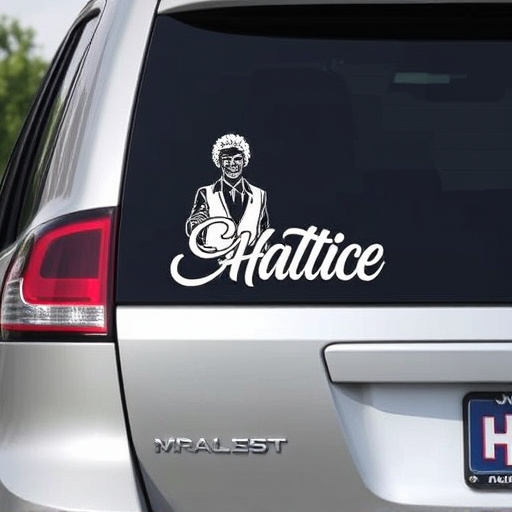
UV protection tinting offers a multitude of benefits beyond simply darkening windows. By blocking up to 99% of harmful ultraviolet (UV) rays, it provides crucial protection for both occupants and vehicles. UV radiation can cause premature aging of skin, eye strain, and even contribute to long-term health issues like skin cancer. Auto owners often overlook these risks, but tinting acts as a shield, creating a safer, more comfortable driving environment.
Moreover, high-quality UV protection tinting enhances vehicle aesthetics and value through heat rejection. It reduces the interior temperature, making rides cooler during hot summers. A professional ppf installation not only improves energy efficiency but also adds a sleek finish, enhancing the overall look of the car. For those passionate about automotive detailing, UV protection tinting is an essential step in maintaining their vehicle’s exterior and ensuring its longevity.
Navigating Local Laws and Regulations

When considering UV protection tinting for your vehicles, navigating local laws and regulations is a crucial step. Each region has its own set of guidelines regarding window tinting darkness levels, permitted tint films, and even restrictions on specific areas like windshields or side mirrors. Ignoring these can result in penalties, so it’s essential to research and understand the rules applicable to your area.
Local laws often differentiate between residential and commercial applications, with some regions allowing darker tints for personal vehicles but stricter limits for company cars or public transport. Furthermore, regulations may also vary based on vehicle types, ages, and even environmental considerations. Staying informed about these nuances ensures that your UV protection tinting adheres to the law while enhancing your vehicle’s aesthetics and providing optimal defense against harmful UV rays.
Ensuring Compliance for Safe Driving
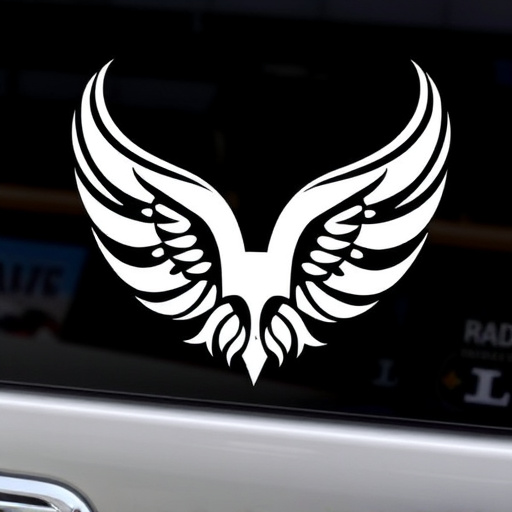
When considering UV protection tinting for your vehicles’ windows, it’s crucial to understand the importance of ensuring compliance with local laws. Not only does adherence to these regulations guarantee legal safety, but it also plays a significant role in enhancing your driving experience and protecting your health.
Local tinting laws are designed to promote safe driving by dictating the level of light transmission allowed through windows. UV protection tinting, when done right, offers both style and substance by blocking harmful ultraviolet rays, which can cause skin damage and eye strain over time. Reputable tinting services use high-quality protective coatings, such as ceramic window tinting, to meet or exceed these legal standards while providing additional benefits like heat reduction and improved privacy.
UV protection tinting offers significant benefits in enhancing vehicle safety, comfort, and style. However, navigating local laws and regulations is crucial for ensuring compliance and avoiding legal issues. By understanding the advantages of UV blocking tints and adhering to specific guidelines, drivers can enjoy a safer, more pleasant driving experience while maintaining their vehicle’s aesthetic appeal.



